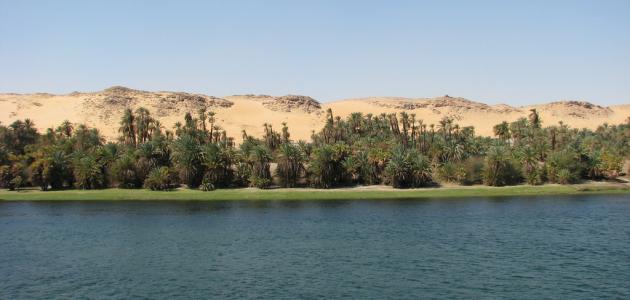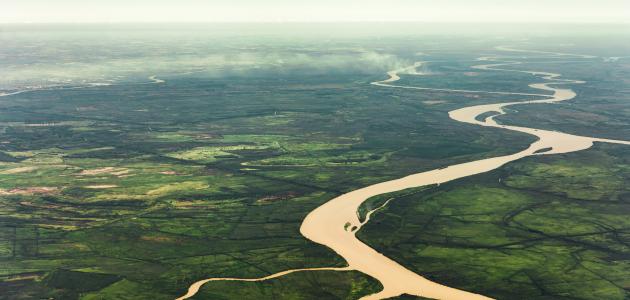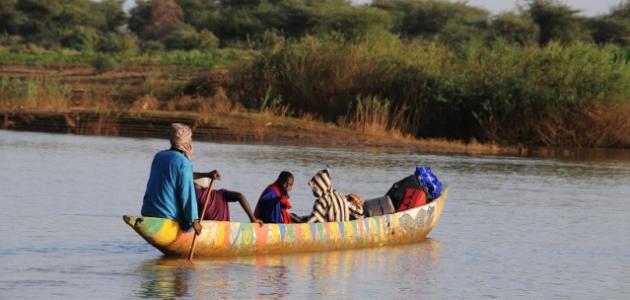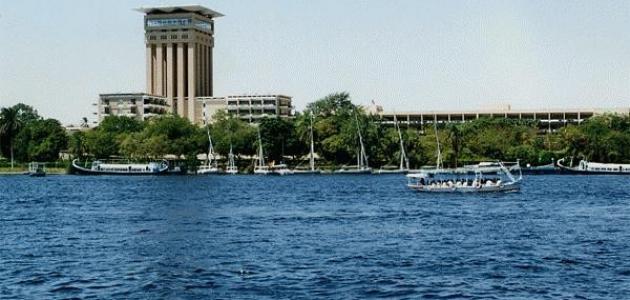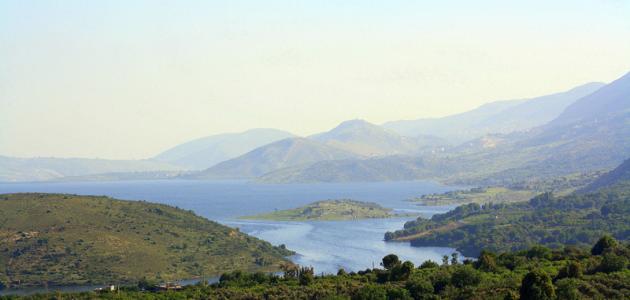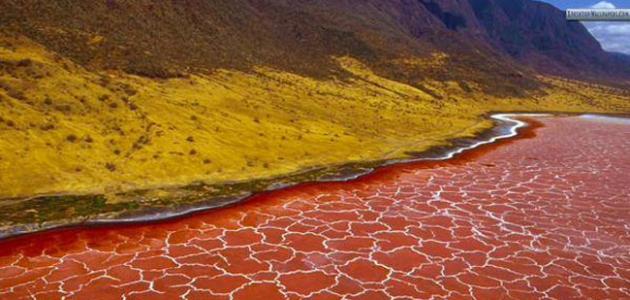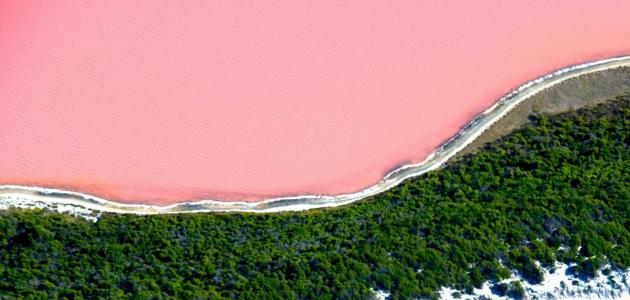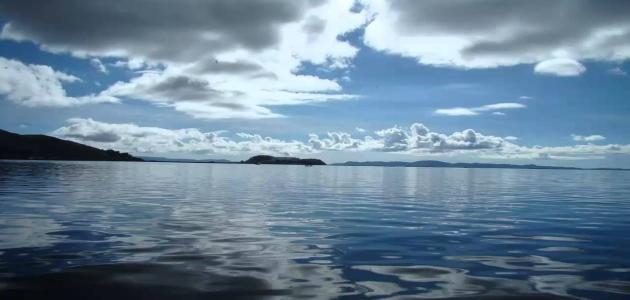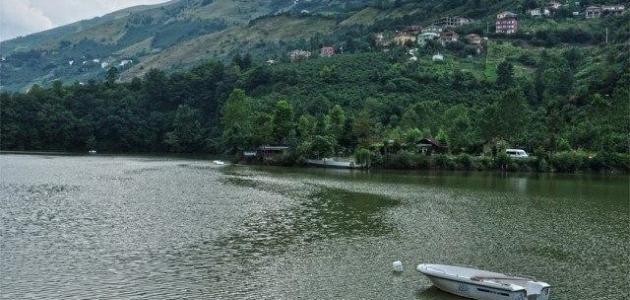The Nile River
The Nile River is the longest river in the world; Its length is about 6853 km, but its exact length is still undetermined. The river flows in East Africa through the tropical climate in the north, in the Mediterranean Sea, and passes through eleven countries, namely: Tanzania, Rwanda, Burundi, Uganda, the Democratic Republic of the Congo, Eritrea, Kenya, Ethiopia, South Sudan, Sudan, and Egypt.
Varieties of wildlife in the Nile River, such as: rhinoceros, hippopotamus, African tiger fish, large catfish, wild birds, frogs, turtles, and sea turtles, and there are also more than 300 species of birds, and hundreds of thousands of birds spend Aquatic waters winter in the Nile Delta, and this includes the largest concentrations of small gulls and hybrid terns in the world. The Nile crocodile is also one of the most famous animals in it, and it has a frightening reputation for being a man-eater, and it can reach a length of 5.5-6 meters.
The source of the Nile River
Finding the source of the Nile River was a major topic of research in the nineteenth century, and there are two main tributaries in the Nile River, namely: the Blue Nile, which originates from Lake Tana in Ethiopia, and the White Nile, and it is difficult to find its source. Where it is usually referred to Lake Victoria as its source, but Lake Victoria has many tributaries, and the Nyungwe Rainforest in Rwanda is the furthest tributary of Lake Victoria, and thus the furthest tributary of the Nile River.
Read also:Where does the Indus River flow into?The importance of the Nile River
The Nile River plays a major role in life in Egypt, because most of the country's population resides on its banks, and Khartoum, Aswan, Cairo, and Luxor are among the most famous cities located on its banks. The Nile-Kagera system also supports the agricultural sector of the areas it passes through, as it is It supplies large areas of African lands with the necessary water, which would have turned into barren desert lands without this water, and the Kagera River basin itself supports about 14 million people, and goods can also be transported along the Nile River; This helps people avoid isolated areas of deserts as the only alternative ways to reach their destinations. Other countries in Africa such as Rwanda, Burundi, Sudan, Uganda, and Tanzania benefit from the Nile-Kagera river system in terms of their people's dependence on agriculture, transportation, and associated fishing activities. with river water.
Read also:Where is the Red River located?